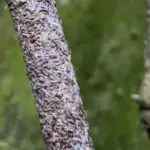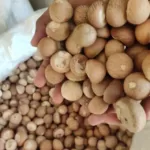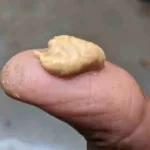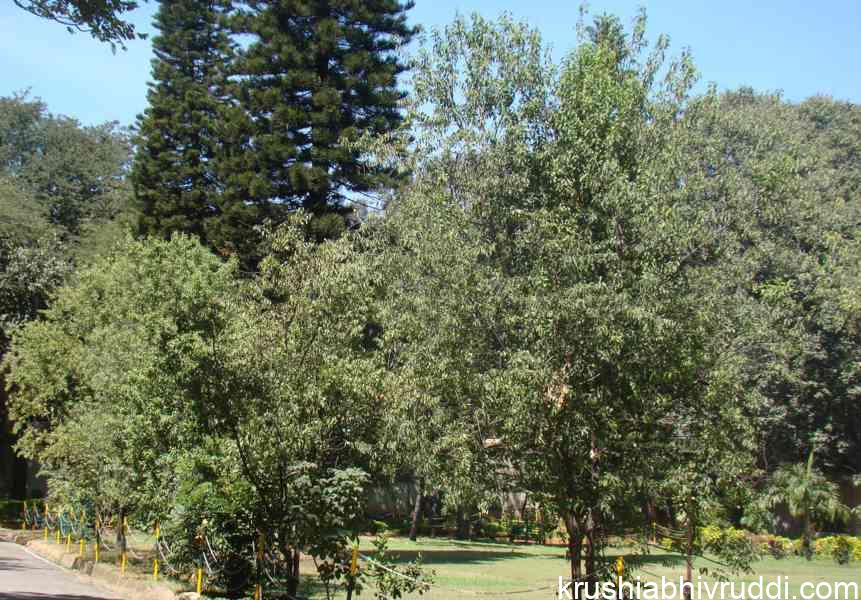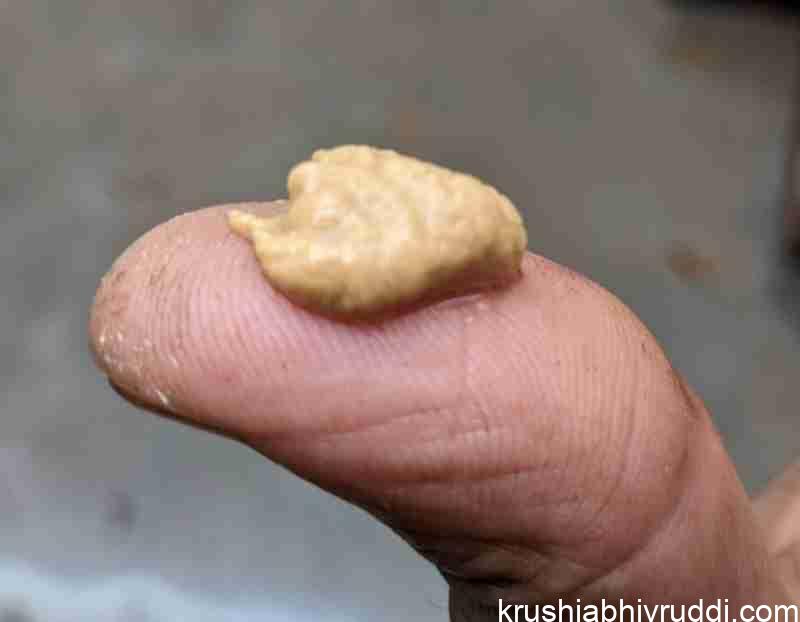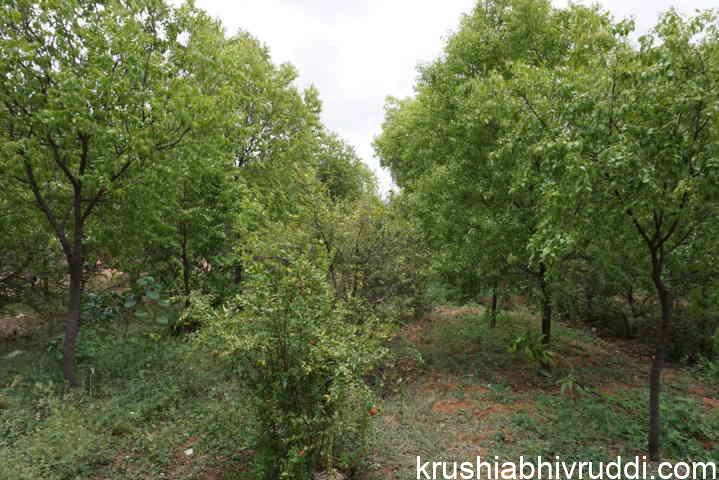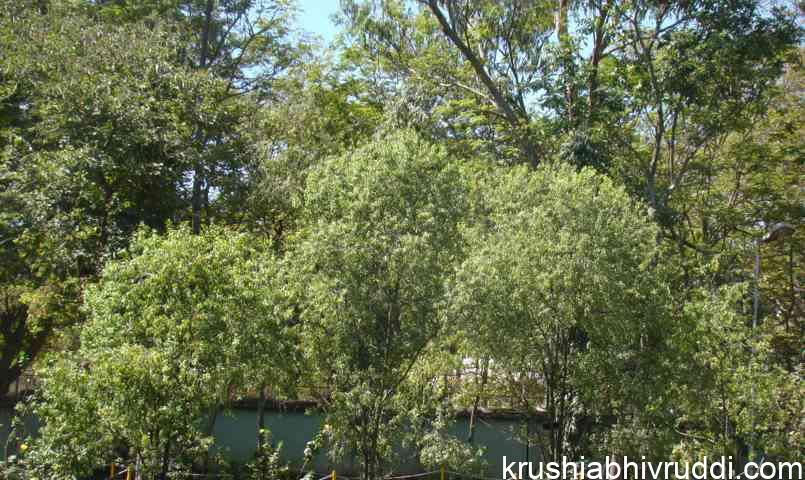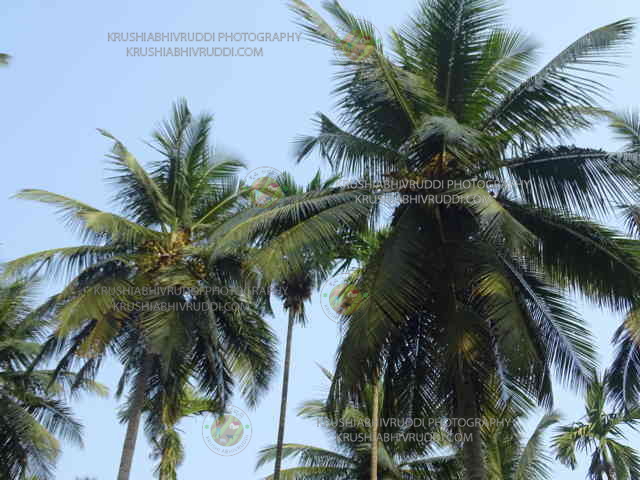Sandalwood is the high income crop can be grown in farmer’s field. Now the technology for growing this as a plantation is available.
Sandalwood is economically important, precious, sacred tree. It is popularly known as Shrigandha which belongs to the family Santalaceae with a scientific name Santalum album L. It contains 4 -6% of oil . In India it is widely used in temples and pooja function. Heartwood and oil extracted from tree is in great demand through out the world. It has very good medicinal property , widely used in Indian traditional and Ayurvedic medicines. It is good for skin related problems. Even research shows that helps in curing the skin cancer by killing cancerous cells.

Soil types for cultivation:
- Best suitable soil for Sandalwood cultivation is red laterite, sandy loam, quartz and sand mixed black soils.
- Preferable pH of the soil should be in the range of 5.5 – 8.5.
- Land used for cultivation must have good drainage.
- Suitable climate for sandalwood cultivation is between 150 C -420 C with an average of 1050 mm rainfall.
Criteria for seed collection:
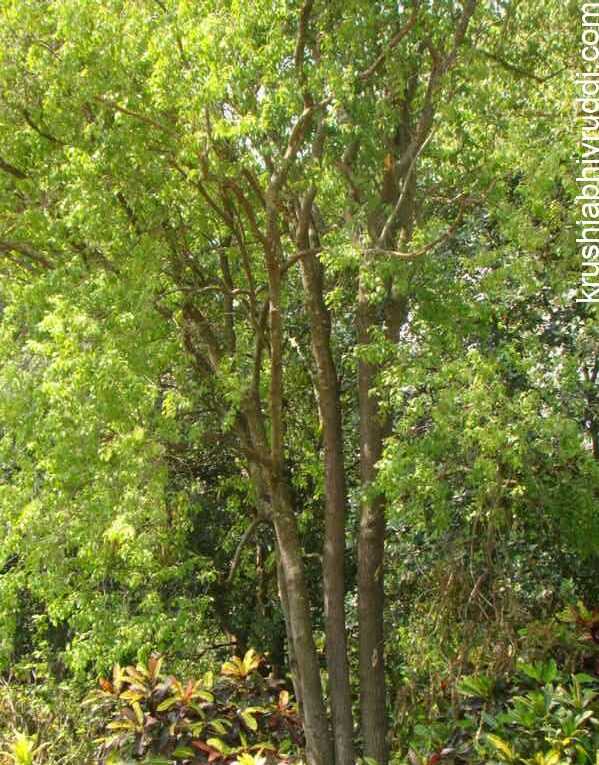
- Seeds should be selected from Plus Trees (Selected for seed purpose) which has ideal genetic characters.
- There was only one genera available in our country, but there was different characters among.
- Treatment of seeds with 0.05% Gibberellic acid for 12 hours for uniform germination must be done.
- The seedlings with minimum of 1 -1.5 feet height should be selected for planting.
- Usually their stem is brownish in colour.
Selection of host plants:
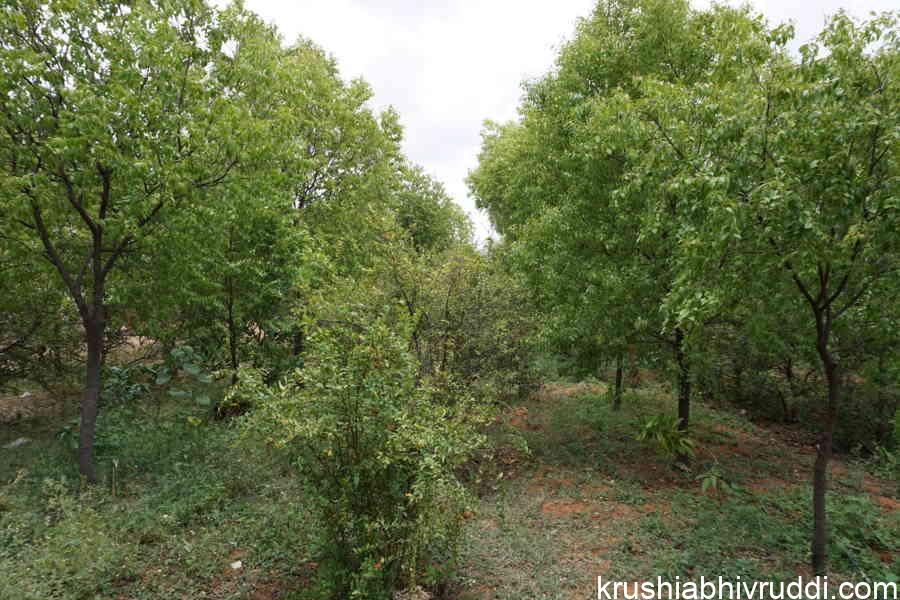
- Most of the people don’t know about hemiroot parasitic nature of sandalwood .
- So its cultivation method is different from other common wood trees.
- Usully Redgram, Sesbania and Drumstick are preferred as host plants at the time of planting.
- Few selected tree species like Rosewood, Amla, Casuarinas, Pongamia, Melia dubia, Cassia, Red sanders etc, are used as permanent host plants.
- Now scientists observed that Casuarina plant is best host plant.
Land preparation
- Make a pits with size of 2X2x2 feet . Keep this pit open for one week.
- After one week, add 10 to 15 kg Farm yard manure mixed with 10 gram of Thimet and 10- 15 gram of Bavistin to each pit.
- Then planting the selected seedlings.
Fertigation:
- 15 to 20 kg of Farm Yard manure is recommended for second application after six months per seedlings.
- Along with this half kg of deoiled neem powder can be applied .
- After planting NPK can be given directly or in dissolved form along with irrigation.
- After 6 months- 50 grams, after 12 months -100grams , 18 months – 150 grams. like this increase the quantity of NPK at 50 grams to the previous dose.
- Fertigation can be continued up to 5th year.
Irrigation
- Dry weather condition is ideal for good growth of sandalwood.
- According to study, heavy rainfall area, especially low lying area are not much suitable.
- Plant can be nourished up to 5 year in fertilizer and irrigation.
- After that irrigation and fertilizers should be stopped and given stress to formatting heart wood.
- Initially plant with installing drip irrigation.
- Per day 8 litres of water is enough.
- Mulching helps to conserve moisture.
- Depending upon soil condition, irrigation should be made.
Pest and disease management:
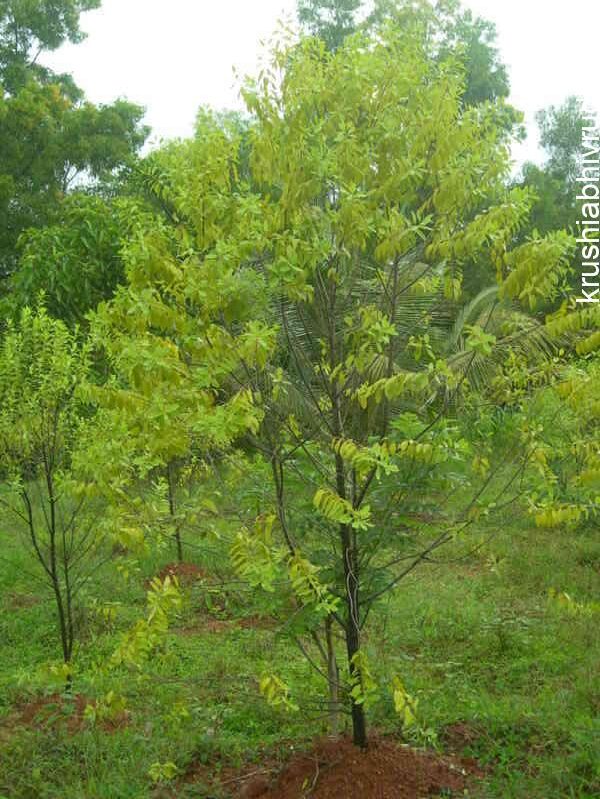
- Damping off and seedling wilt seriously damage the seedlings in nurseries during the rainy season.
- Sometime it may lead to the destruction of entire stock due to rapid spreading of the pathogens.
- Several fungal species and nematodes are responsible for severe loss.
- As a treatment two gram of Copper oxy chloride per liter or one gram of Carbendazim per litre of water can be applied every month.
- Wood borers like termites, sap sucking insects major causes of heavy economic losses.
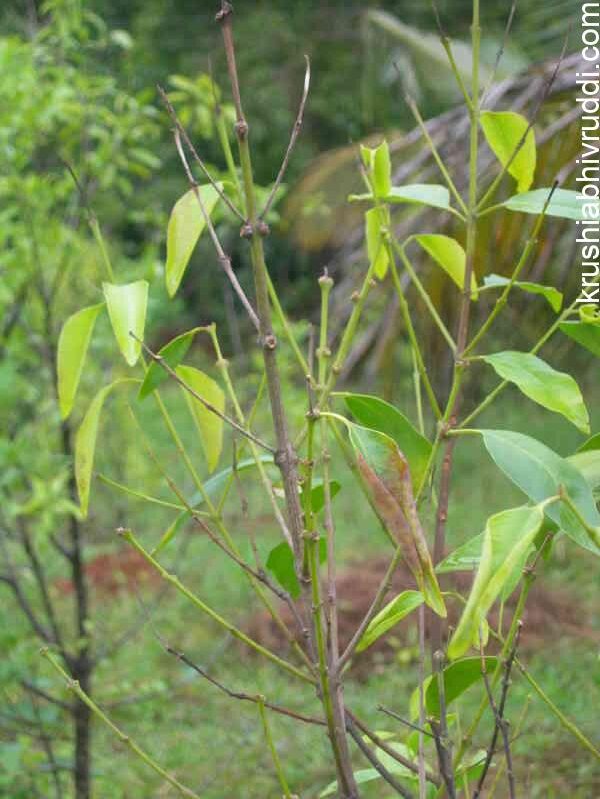
Maturity and Harvest :
- Sandalwood of 15 to 20 years of age usually contain sufficient viable heartwood.
- Well maintained 15 year old tree costs around 15 lakhs.
- Before harvesting , amount of oil content and heartwood proportion should be assessed.
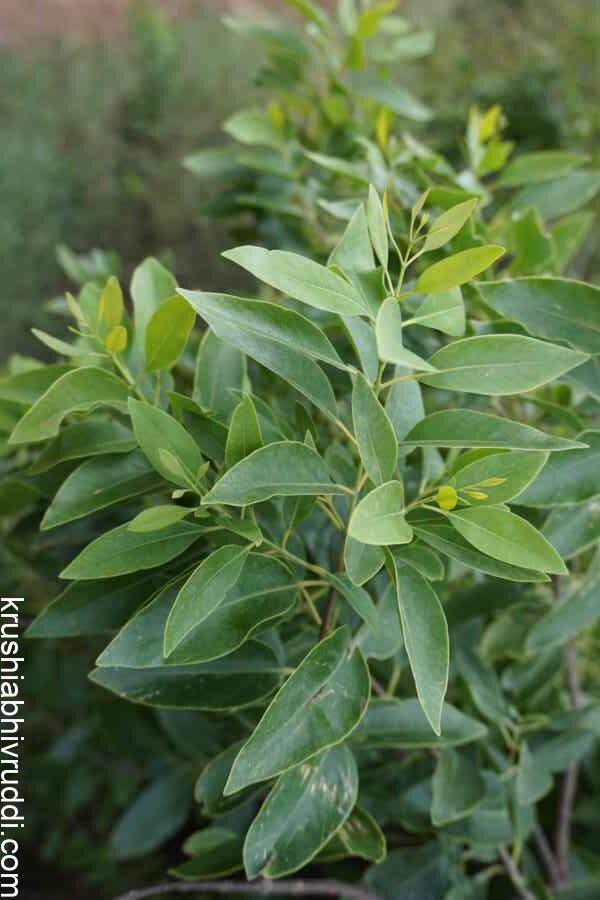
Sandle wood can’t be sold to un athorised buyers. Government approved buyers or authorized buyers only permitted to buy and we have to sell to them only. There are some procedures to fell the trees.
Remember that every farmer who is growing sandalwood compulsorily make an entry in their RTC .
In sandalwood cultivation, farmer can earn huge income. But there was some fear of theft etc. So scientists suggest to grow first 5 years in good nourishment after 5th year completely stress up to 10th year. The Hartwood will develop in this period. Farmers can cut the tree in 10th year.
BY, DR.RAJESHWARI KR.

